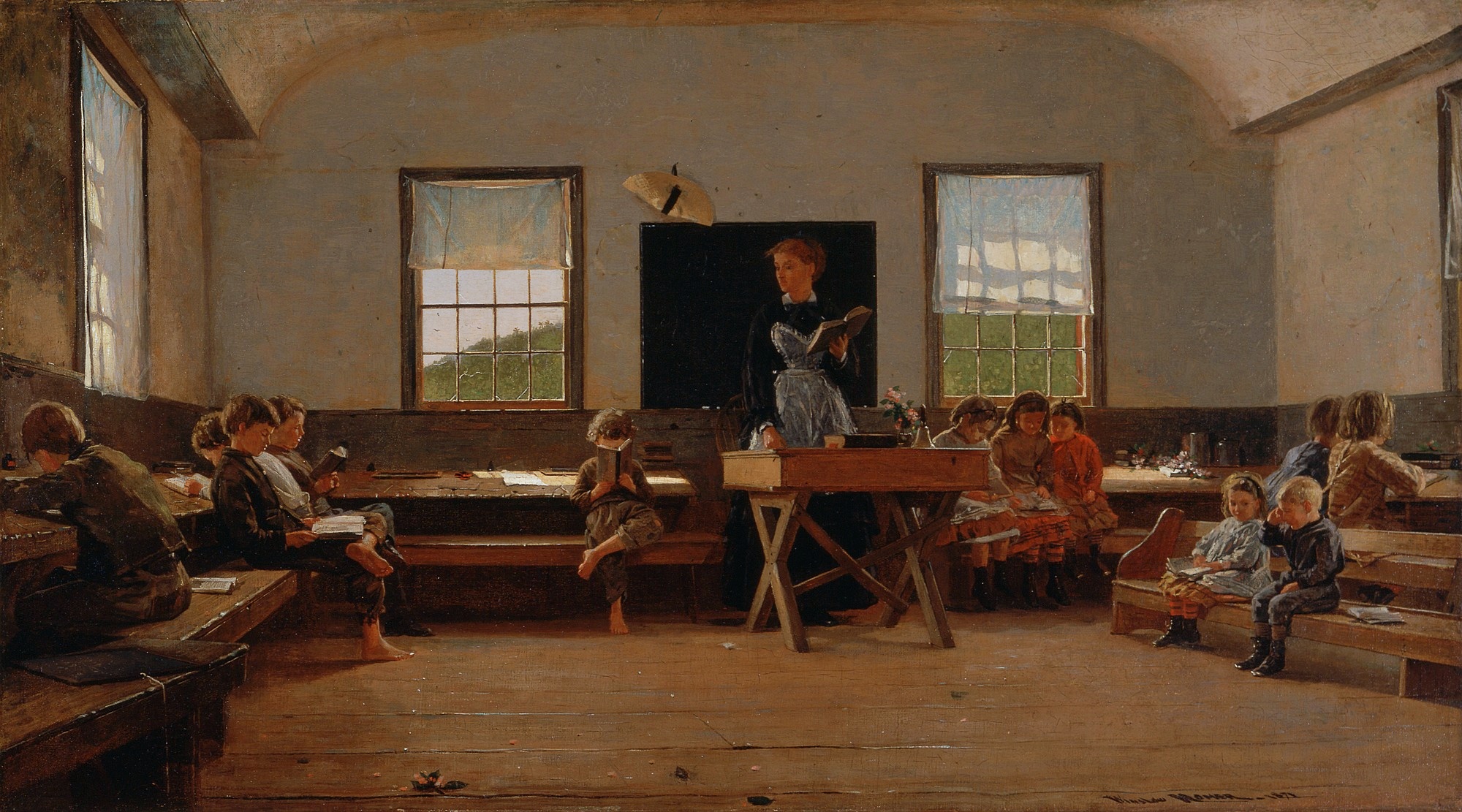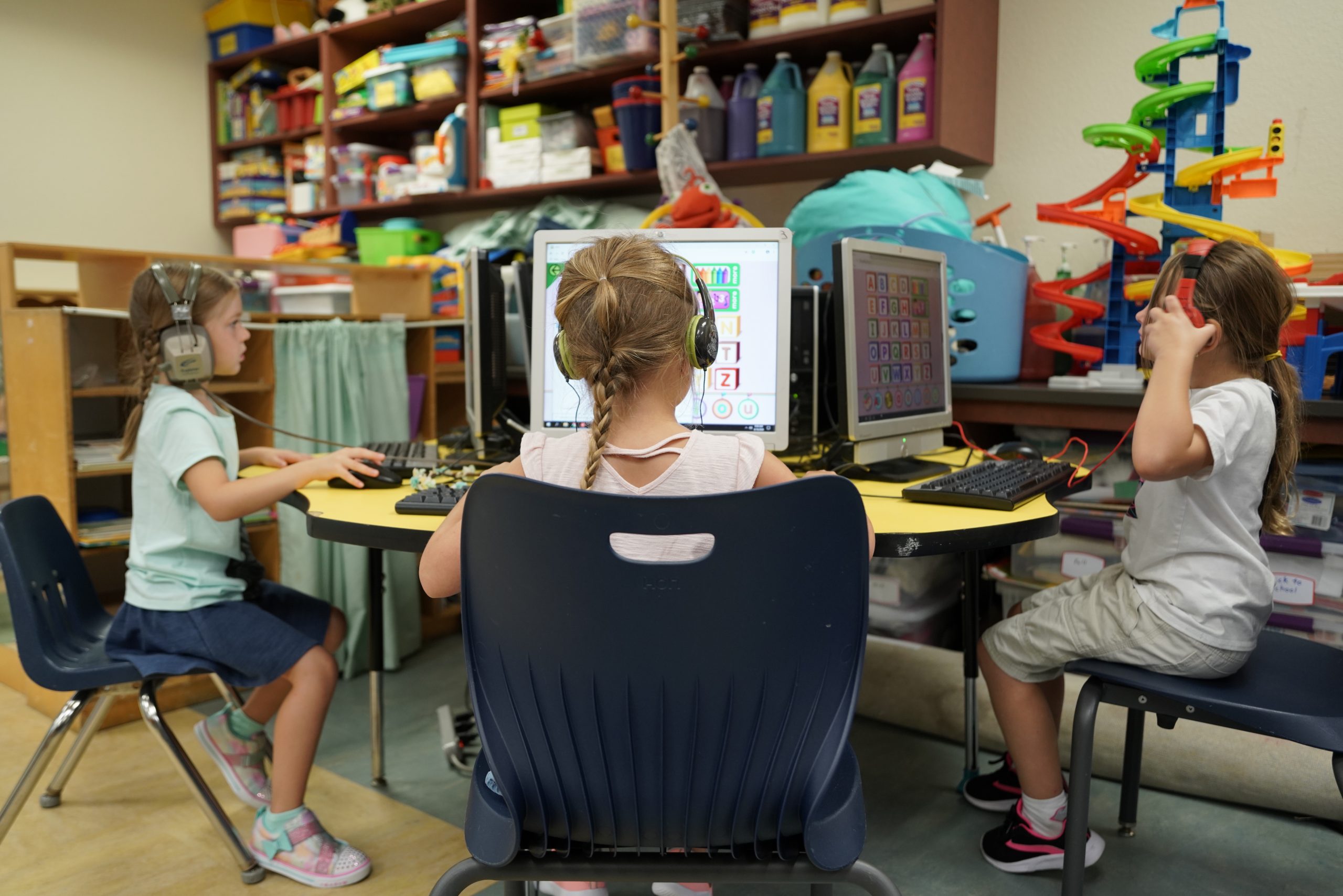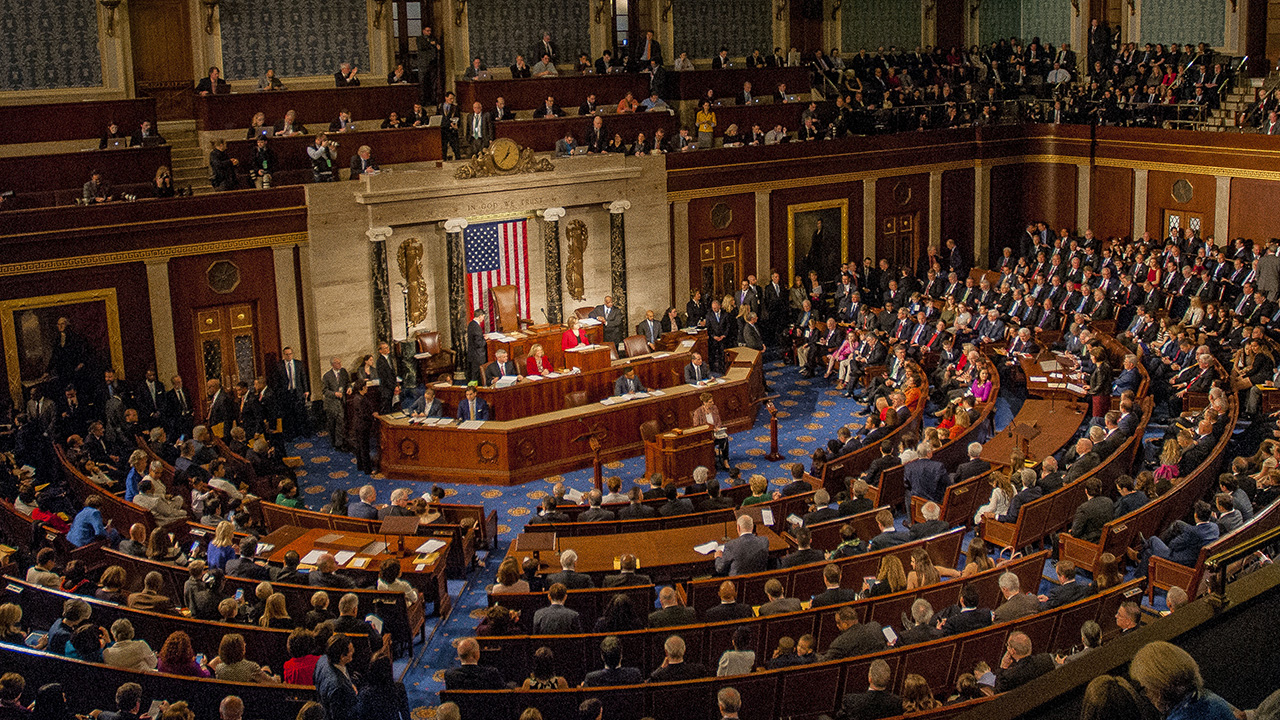Trade-Related Standards Issues
- Home Page 437

Smart Campus Teaching Based on 5G Network
Research on Key Technologies of Smart Campus Teaching Platform Based on 5G Network
Sxin Xu / School of Economics and Management, Hebei University of Technology, Tianjin, China
Dan Li / North China University of Science and Technology, Tangshan, China
Gunasekaran Manogaran / University of California at Davis, Davis, USA
George Mastorakis / Department of Business Administration, Technological Educational Institute of Crete, Heraklion, Greece
Constandinos X Mavromoustakis / Department of Computer Science, University of Nicosia, Cyprus
Along with the development of the Internet of Things technology, due to the limitation of network transmission mode, the existing 4G LTE system can no longer meet the demands of different clients for information transmission rate owing to the single scenario of the IoT. 5G network arises at the historic moment and changes qualitatively in three aspects: data transmission rate, number of connected devices and time delay. 5G network will alter the previous transmission mode, enrich communication between users-devices as well as devices-devices, apply to complex IoT applications, thus to achieve seamless communication in 5G era.
As the prototype of a small society, the Internet of Things framework of Smart Campus is also complicated, hence the popularity of IoT is still low at this stage. This paper aims to provide direction for 5G network to be applied in the construction of Smart Campus, and develop the maximum application of smart phone on campus. The most typical application form of traditional Smart Campus is the application of network teaching platform, which connects teachers and students, helps to enrich students’ learning resources and improves teachers’ teaching performance. The construction of Smart Campus is not just a single trend, it needs to be closely combined with the improvement of education technology and education resource informatization. Many experts and scholars at home and abroad began to study the construction of Smart Campus: Xia et al. proposed a Smart Campus framework based on Internet of Things and cloud computing that integrating hardware resources through virtualization technologies. The planning and recommendation of Smart Campus model for teaching resources proposed by an Indian research institute made reasonable use of school teaching resources and improved the teaching quality. The University of California has realized intelligent control on the campus hardware facilities, making it possible to monitor the campus environment.
In view of the pain spot of students’ sign-in during the teaching process, this study envisaged in combination with 5G network and mobile terminal to achieve more accurate information of students’ sign-in in class, studied whether the network teaching platform of Four Initiatives model could be better applied under the background of 5G network. It intends to discuss the accuracy of student sign-in information by improving VIRE location algorithm to obtain the specific location information of the sign-in users in class.
We set aside one hour per month to walk through information and communications technology standards. See our CALENDAR for the next online meeting; open to everyone. We also collaborate with the IEEE Education & Healthcare Facilities Committee on #SmartCampus to “write code and get votes” on technical and management concepts. Those online meetings are open to everyone and are hosted four times per month in both European and American time zones.
Issue: [Various]
Category: Academic, Electrical, Information & Communications Technology, Management & Administration, #SmartCampus
Colleagues: Mike Anthony, Jim Harvey, Chad Jones, David Law
LEARN MORE: (Access to complete article)
Smart Campus Teaching Based on 5G Network
Workspace / Intellectual Property
This content is accessible to paid subscribers. To view it please enter your password below or send mike@standardsmichigan.com a request for subscription details.
Found
This content is accessible to paid subscribers. To view it please enter your password below or send mike@standardsmichigan.com a request for subscription details.
National Electrical Code 2023
This content is accessible to paid subscribers. To view it please enter your password below or send mike@standardsmichigan.com a request for subscription details.
Swimming Pool & Spa Code
This content is accessible to paid subscribers. To view it please enter your password below or send mike@standardsmichigan.com a request for subscription details.
Green debt instruments
This content is accessible to paid subscribers. To view it please enter your password below or send mike@standardsmichigan.com a request for subscription details.
Statistical Significance of Outlying Observations
This content is accessible to paid subscribers. To view it please enter your password below or send mike@standardsmichigan.com a request for subscription details.
Social Distancing
This content is accessible to paid subscribers. To view it please enter your password below or send mike@standardsmichigan.com a request for subscription details.
New update alert! The 2022 update to the Trademark Assignment Dataset is now available online. Find 1.29 million trademark assignments, involving 2.28 million unique trademark properties issued by the USPTO between March 1952 and January 2023: https://t.co/njrDAbSpwB pic.twitter.com/GkAXrHoQ9T
— USPTO (@uspto) July 13, 2023
Standards Michigan Group, LLC
2723 South State Street | Suite 150
Ann Arbor, MI 48104 USA
888-746-3670


















